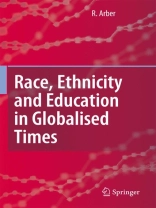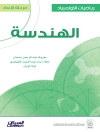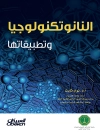What is the speci?city of contemporary racism? And what happens to questions of race in a context where multiculturalism is taken for granted. Few authors address these kinds of questions with subtlety. For the most part, questions of racism are treated either as self-evident or alternatively as self-evidenced. The?rstapproach, accentuatedineverydaylife, andplayedoutinmediaexposés, is the tendencyto treat racism as manifestly self-evident. We just know what racism is in principle,...
Innehållsförteckning
Encountering Silent Noise.- Encountering Silent Narrations: Beginning the Research.- Beyond Silent Noise: Articulating Methodology.- Race and Ethnicity in Globa...
Köp den här e-boken och få 1 till GRATIS!
Språk Engelska ● Formatera PDF ● Sidor 214 ● ISBN 9781402064586 ● Filstorlek 1.8 MB ● Utgivare Springer Netherland ● Stad Dordrecht ● Land NL ● Publicerad 2008 ● Nedladdningsbara 24 månader ● Valuta EUR ● ID 2148410 ● Kopieringsskydd Social DRM












